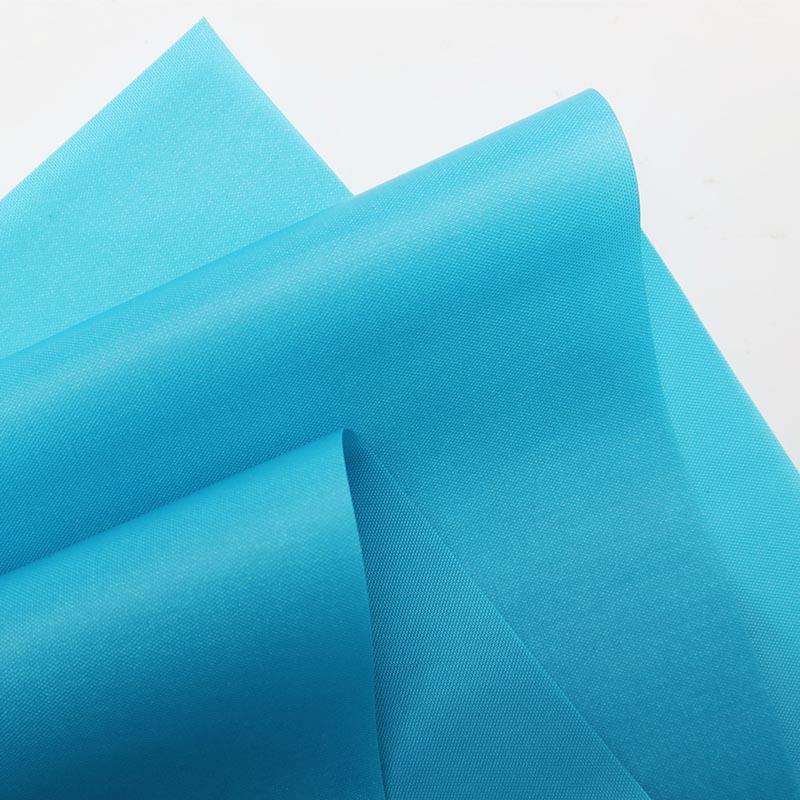Polyurethanes are a broadclass of polymers that find place in many applications and several industries due to their unique performance properties which allow them to be customized for specific end-uses. Of these, ether and ester polyurethanes are the two most important subclasses - each offering properties that differentiate them in performance, durability and application suitability. It is important that we know the basic difference of each for what purpose a material to be chosen. In this piece we break down the differences in ether vs ester polyurethanes and compare them against five different aspects to give you a complete showdown between these two variants.
Polyurethane Ether Or Ester- A Basic Comparison
What really sets them apart is their chemical constitution. Ether-Based Polyurethanes: Ether based polyols by the incorporation of ethylene oxide form urethane linkages attached to ether groups (-O-). On the other hand, ester polyurethanes come from propylene oxide polymerized with polyols and urethane linkages attached to an ester group (-COO-). This slight difference in molecular structure has a major effect on the physicochemical properties of the polymer.
The Durability and Flexibility of Ether vs Ester Polyurethanes
One of the interesting parameters between those two is durability, an important criterian in a lot of applications. Ester polyurethanes generally have higher abrasion, oil and solvent resistance than ether-based polyurethanes. So, these are perfect for any application where you need the extra toughness and resilience like automotive parts, industrial coatings or even heavier equipment components. In terms of flexibility and elasticity, ether polyurethanes are far better than any other elastomer. Polycaprolactones are also used as a polymeric plasticizer for epoxy, nitrocellulose and other materials. it is flexible in nature you can bend more times without breaking of loss shape so uses elastic fibers e.g spandex & soft foam products like mattresses cushion-seating bed-rolls etc...
How Ether and Ester Polyurethanes Stand Out in Industry
Whether or not to use ether versus ester polyurethanes tends to come down industry-specific requirements. Ether-based polyurethanes are used ideally natural in the case of footwear like athletic shoes because it makes them lighter and more breathable, adding comfort to already trendy styles. Ester-based polyurethanes, on the other hand, exhibit greater wear resistance and hardness making them suitable for soles. Ester types offer best adhesion strength and chemical resistance are suited for severe environments in the world of adhesive & sealants. Ether types are more suitable for applications that require a flexible and hydrolysis resistant properties like in the construction sealants.
Sustainability Difference in Ether vs Ester Polyurethane Types
Material Selection: Sustainability is Becoming a Requirement Such bio-based Ester polyurethanes can be generated from renewable materials such as plant based-polyols which lends them a greener hue. A serious limitation of this is the biodegradability and end-of-life disposal as ether, and ester polyurethanes are not naturally bio-degradable. This class of materials is known as ether polyurethanes and due to their synthesis generally using petrochemical feedstocks, bio-based sources are less common. Both types present challenges with regard to recyclability, but there are ongoing research initiatives for both that look at closed-loop systems of recovering and reusing polyurethanes.
How To Choose Brtween Ether And Ester Based Polyurethanes?
In determining the appropriate polyurethane for a given application, one must carefully consider whether to choose an ether or ester. Key considerations are the desired mechanical properties (flexible vs hard, durability), resistance to chemicals or environmental damagelessly-life-cycle analysis and overall cost effectiveness. If, for example, the application will be subjected to frequent water or humidity exposures; ether polyurethanes would be preferred due their improved hydrolytic stability. Otherwise for applications requiring high resilience against mechanical stress and chemical resistance, esters polyurethanes will be the better choice.
Based on this overview of the two system types, we can see that while ether and ester polyurethanes share some structural similarities, they differ dramatically in terms of properties and fields of application. This understanding is essential for fine-tuning material selection, making sure the polyurethane used perfectly matches what it was designed to do and positively impacts that product in terms of performance as well as its overall sustainability profile. With ether and ester polyurethane capabilities extended by advancing technology and new formulation possibilities, they are playing an important role in a wide range of industries.

 EN
EN
 AR
AR
 BG
BG
 HR
HR
 CS
CS
 DA
DA
 NL
NL
 FI
FI
 FR
FR
 DE
DE
 EL
EL
 HI
HI
 IT
IT
 JA
JA
 KO
KO
 NO
NO
 PL
PL
 PT
PT
 RO
RO
 RU
RU
 ES
ES
 SV
SV
 CA
CA
 TL
TL
 IW
IW
 ID
ID
 LV
LV
 LT
LT
 SR
SR
 SK
SK
 SL
SL
 UK
UK
 VI
VI
 TH
TH
 TR
TR
 FA
FA
 GA
GA
 BE
BE
 BN
BN




